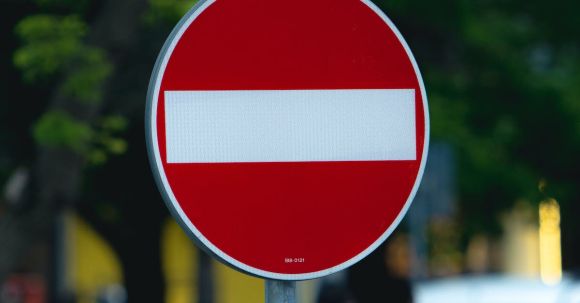Motorcyclists have a responsibility to ensure their safety on the road, and one crucial aspect of this is the proper use of turn signals. By signaling their intentions, riders can alert other road users to their next move, reducing the risk of accidents and promoting smoother traffic flow. In this article, we will explore the rules and regulations surrounding motorcycle turn signals, providing riders with the information they need to stay safe and comply with the law.
Importance of Turn Signals
Turn signals are a vital communication tool for motorcyclists. They allow riders to indicate their intention to turn or change lanes, giving nearby drivers and pedestrians time to react accordingly. This simple act of signaling not only helps to prevent collisions but also fosters a sense of predictability on the road, making it easier for other road users to anticipate the actions of motorcyclists.
Using Turn Signals Correctly
To ensure the effectiveness of turn signals, it is crucial for motorcyclists to use them correctly. Here are some key guidelines to follow:
1. Activate Signals in Advance: Turn signals should be activated well in advance of making a turn or changing lanes. This gives other road users ample time to recognize and react to the signal.
2. Maintain Signal Until Completion: It is important to keep the turn signal on until the maneuver is fully completed. This helps to prevent confusion and ensures that other road users are aware of the rider’s intentions throughout the entire maneuver.
3. Use Hand Signals as Backup: While motorcycles are equipped with electronic turn signals, riders should also be prepared to use hand signals if necessary. This is especially important in situations where the electronic signals may be difficult to see, such as during heavy rain or fog.
Legal Requirements
Different jurisdictions may have specific laws and regulations regarding the use of turn signals by motorcyclists. Here are some common legal requirements:
1. Signal Duration: In most places, motorcyclists are required to activate their turn signals at least 100 feet before making a turn or changing lanes. However, it is important to check the specific regulations in your jurisdiction, as the distance may vary.
2. Visibility: Turn signals must be clearly visible to other road users. This means ensuring that the bulbs are in good working condition and that the signal lights are not obstructed by accessories or luggage.
3. Color and Intensity: The color and intensity of turn signals may be regulated by law. Typically, front turn signals are required to be amber or white, while rear turn signals should be red or amber. It is essential to comply with these regulations to avoid any legal issues.
4. No False Signals: Motorcyclists should refrain from using turn signals as a means of conveying a message that contradicts their intended maneuver. This includes using turn signals to indicate the opposite direction or to confuse other road users deliberately.
Conclusion
Motorcycle turn signals are a crucial safety tool that all riders should utilize effectively and in accordance with the law. By following the rules and regulations surrounding turn signals, motorcyclists can enhance their own safety and contribute to a more harmonious traffic environment. Remember, signaling your intentions is not only a legal requirement but also a responsible action that can prevent accidents and save lives on the road. Stay safe and always use your turn signals!
